Related Posts
Good Pill will provide direct access to hundreds of life-saving medications and save families $150+/month on healthcare cost
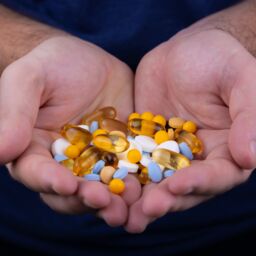
An opportunity for charitable pharmacies to collaborate with oncology practices for non-oncology medications during and after treatment.

Starting Sept. 25, Americans can again order free COVID-19 tests through the federal government.

Charitable Pharmacies of America organization member receives Health Equity grant
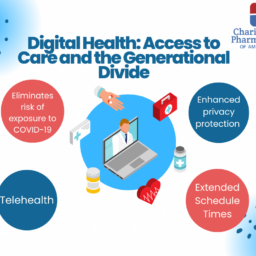
Just as banks have helped seniors bridge the digital divide and leverage online banking to better manage their money, healthcare organizations need to help older adults leverage digital technology to better manage their health.
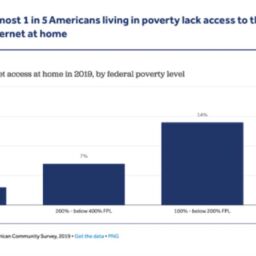
The term digital divide is defined as the differences
of economic and social inequality in both access and usage of ICTs. 2, 3 Some population groups that are
affected by the digital divide include uninsured, at or below 300% of the Federal Poverty Level (FPL), lack
of internet access, etc
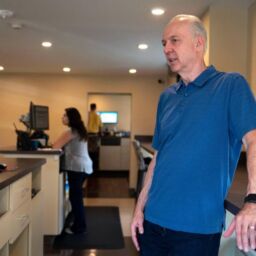
‘Unbelievably good price’: KC-area pharmacy dispenses bargain medicine — and hope Go to article

Implications for Patients
Once the continuous enrollment ends, it is estimated between 5 -14 million individuals will be affected
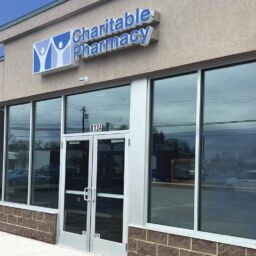
One in four Americans say they struggle to afford their prescription medications. The establishment of this Charitable Pharmacy in Milford will allow patients who live east of Cincinnati better access to care.
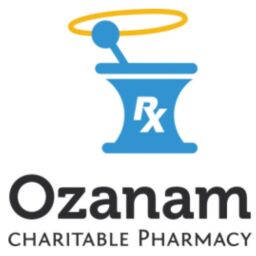
Charitable Pharmacies of America organization member receives Health Equity grant

Three Healthcare Organizations Join Forces to Save Lives
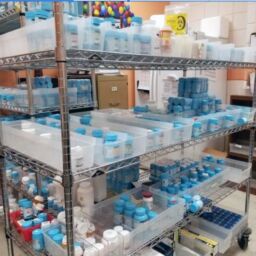
This study represents a rigorous, multi-state evaluation that highlights the impact of a charitable medication access program on hospital utilization for the medically under-served population.
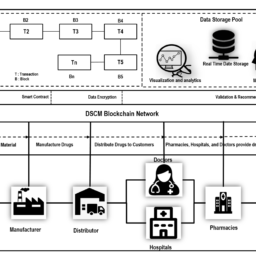
FDA approves 1 Year delay of Track & Trace requirements

Recent federal legislative and regulatory updates in managed care pharmacy have prioritized topics ranging from expedited access to novel therapeutics to the health disparities and equity concerns affecting patient populations nationwide, but progress on these developments will depend on the impact of the midterm elections
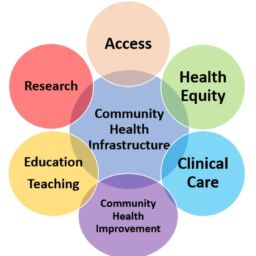
An opportunity for charitable pharmacies to collaborate with oncology practices for non-oncology medications during and after treatment.

